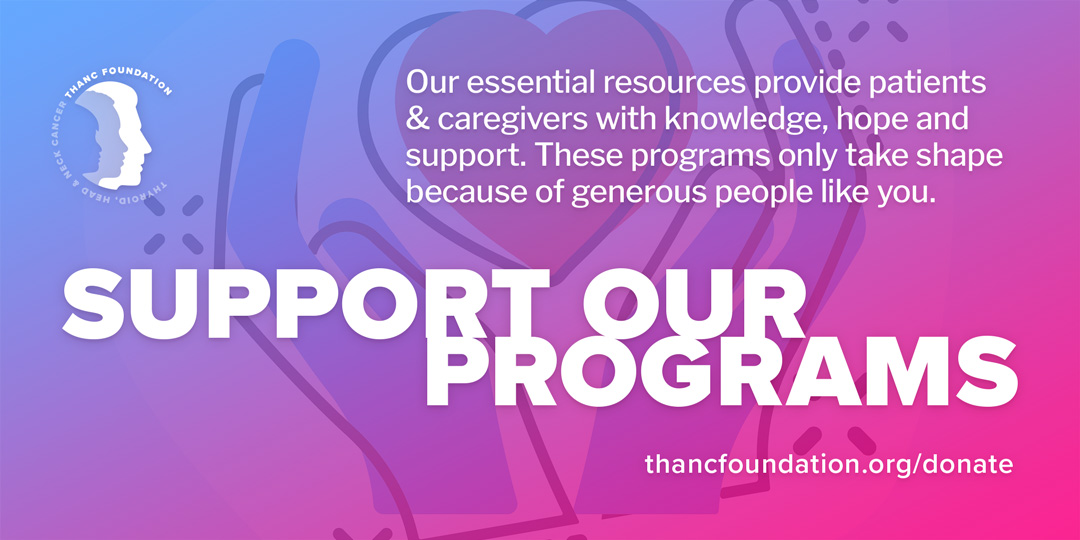The diagnosis phase can be difficult and overwhelming. During this phase, further testing will be necessary to confirm a diagnosis and determine the best course of treatment. Patients can expect their doctor to have a discussion with them about the risks, benefits, and alternatives to each of the following approaches.
Physical Examination
Making a diagnosis begins with a patient history and physical examination by a doctor. If a patient’s symptoms haven’t been present for a very long time, then a doctor may be less suspicious that there is cancer present. If this is the case, the doctor may recommend medications or schedule follow-up for observation purposes.
If a doctor is uncertain of the diagnosis, or a patient’s symptoms are not improving, then further workup with a biopsy and/or imaging scans may be advised.
Biopsy
A biopsy is the removal of a small piece of tissue to examine under a microscope to see if it is cancerous. In order to have a definitive diagnosis of cancer, a doctor will need to perform a biopsy of the suspicious area inside the cheek. Buccal cancers are often able to be biopsied easily at the doctor’s office.
Imaging
Imaging scans provide the doctor with an inside view of the body. Sometimes imaging of the head and neck may be required prior to treatment of buccal cancer. The most common imaging tests used are CT and MRI scans. Occasionally, a more advanced imaging study called PET/CT will be needed.
Who Needs an Imaging Scan?
For small tumors that are easily evaluated by a physical exam, especially those visible in the front of the mouth, imaging may not be necessary. However, for larger tumors, or tumors in locations deeper in the mouth that are more difficult to examine, imaging scans may be required to get more information about the tumor location and possible spread to regional lymph nodes. Another important reason a patient may get a scan for oral tumors is to see if there is invasion into the jaw bones, which will influence what kind of treatment a doctor recommends.












